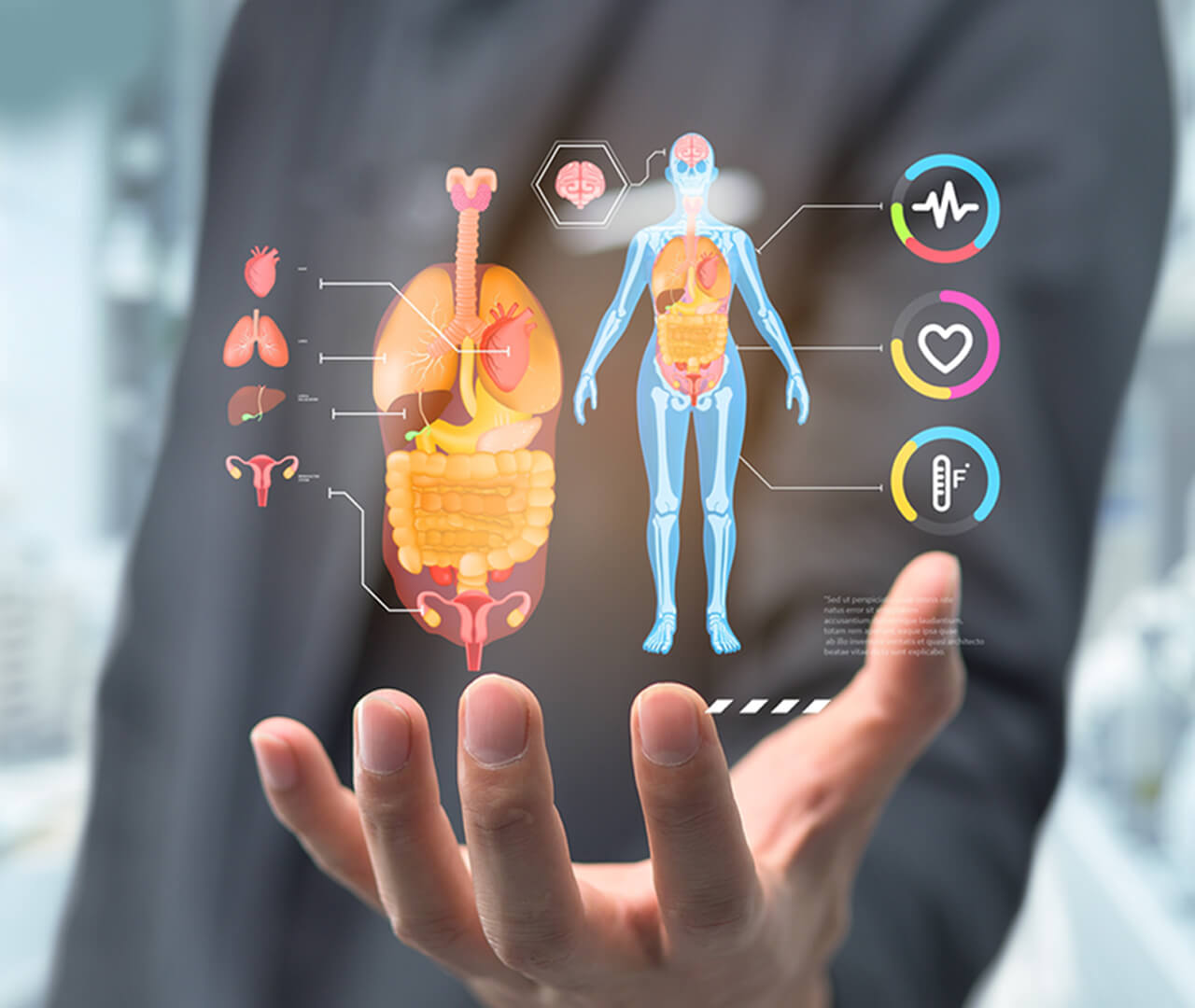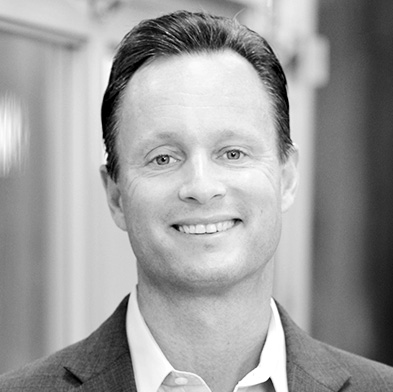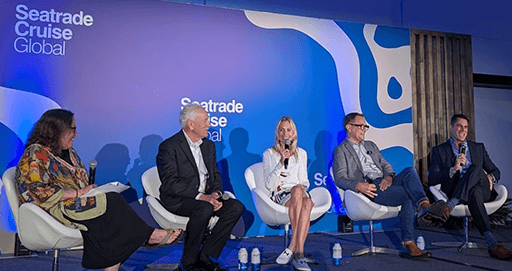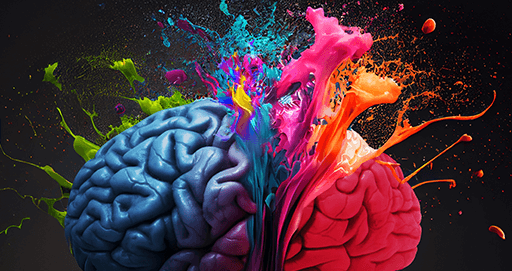As originally featured on O’Dwyer’s
The way consumers manage their health is undergoing a seismic shift. Not long ago, consumers relied solely on healthcare professionals and internet searches to better educate themselves about health conditions, symptoms, treatments, and preventive well-care measures. Instead, more people are turning to artificial intelligence (AI) platforms like OpenAI’s ChatGPT or chatbots for instant, personalized health insights.
A 2023 Pew Research Center report found that the reliance on traditional internet searches for health information is declining, with more users turning to AI-driven assistants and apps for quick, personalized insights. Another 2023 study from Accenture shows that 46% of healthcare consumers already use some form of AI (or digital assistant) to manage their health, and this is expected to grow significantly in the coming years.
The rapid transition from conventional Google searches to AI-driven platforms represents a fundamental change in how consumers want to consume health information. From experience, it doesn’t take long to see how drastically different the results are using the same information prompts. This dramatic evolution in consumer behavior presents opportunities and challenges, especially for healthcare communications experts who can play an essential role in the content consumers pull from AI-powered platforms.
A Modern-Day Health Assistant
AI is no longer a “futuristic concept” but an integral part of our daily lives, including how we manage our health. With AI-powered platforms like ChatGPT available across digital media, consumers have a tool that can provide immediate answers to their health-related questions. Whether a person is trying to understand a medical condition, symptoms or a new treatment option, AI offers a high level of accessibility and convenience that traditional search engines cannot match.
Google, for example, provides a wealth of information. Still, it requires users to wade through various pages, links, and sources, interpret complex medical jargon, and navigate potential misinformation. In contrast, AI tools tell you what it means and why you should care in simple, personalized, contextually relevant responses in real-time. AI can also translate highly complex information into easily digestible language.
Consider, for example, other user-friendly AI applications. Consumers upload photographs of lab results, physician summaries, and medical device monitors to AI platforms for analysis and explanation. Whether it’s a photo of an EKG readout or a screenshot of lab test numbers, it’s easy to see why AI platforms are quickly displacing traditional internet searches to help people become more educated about their health.
Balancing the Benefits and Risks
As a user, there’s a lot to like about AI research tools for health as they provide fast access to sourced information, summarize the information for you, and provide convenience to use from home or on the road. However, the benefits come with significant risks. The accuracy of AI’s interpretations is only as good as the data it has been trained on, and there’s a real danger of consumers misinterpreting or over-relying on AI-generated information without consulting an expert (which AI fortunately includes).
Further, the privacy of sensitive health data remains a critical concern, especially on free platforms. As more and more consumers share images of their personal information, data or device readings with AI platforms, ensuring that this data is securely handled and not misused is paramount. These challenges underscore the inherent risks in using rapidly effective and evolving technologies in their early stages. So, where does AI draw its content from, and what can we do to ensure consumers get the information we want them to have?
Shaping AI Content through Earned and Owned Coverage
While AI is not yet a flawless tool for healthcare, it’s not going away. As consumer adoption of these AI tools increases, healthcare PR professionals will influence the information disseminated. This starts with understanding how AI trains its respective platforms and prioritizes information. To that end, earned and owned media coverage has never been more important in the era of AI.
Earned media, such as news articles, reviews, and social media mentions, often carries greater credibility and authority, as such leading AI systems to prioritize it due to its organic reach and user engagement. Owned media, like company websites and blogs, provides factual, first-party information, which AI pulls for specific data requests. Therefore, as consumers increasingly experiment and engage with AI tools to gather health information, earned and owned media strategies must be part of every integrated marketing program.
Breaking through, however, requires equal parts commitment, creativity and content from companies and brands alike. Due to a highly competitive media landscape, the bar for earned media coverage has never been higher. Yet, by prioritizing earned media, healthcare communications professionals can help their companies and clients stay at the forefront of consumer health education in the AI era.
The Creative Key to Earned Coverage
Securing earned media coverage in today’s competitive environment is more challenging than ever. With countless companies, brands and competitors vying for attention, communicators must commit to pushing creative boundaries to drive engagement in education, information, or entertainment. This is especially important for grabbing the attention of both journalists and the public, ensuring that your story not only stands out but also resonates with the audience you’re trying to reach. Further, doing so in a regulated healthcare industry where the words you use matter – makes it even more difficult.
While it may sound cliché, storytelling lives at the heart of innovative earned media strategies. Successful healthcare campaigns are often built around human-centric stories that reflect empathy, inspiration, or personal transformation. For example, rather than presenting data on a health issue straightforwardly, brands can tell how a specific medical innovation improved a patient’s life, illustrating the emotional and tangible impact. These narratives appeal to the media’s need for compelling content their readers will engage with.
Furthermore, creative content that integrates multimedia elements—such as infographics, video, and interactive tools—can elevate coverage. Journalists are more likely to cover stories when brands provide visual assets that simplify complex health topics. By offering these features, healthcare brands can better connect with consumers, simplifying their understanding of intricate medical information while increasing the likelihood that AI platforms will prioritize such well-rounded and engaging content.
Lastly, partnerships and collaborations can further amplify creative earned media strategies. Collaborating with influencers, patient advocacy groups, or health organizations not only helps bring credibility and reach to a brand’s message, but it can also help boost the authenticity and authority of a given topic, further increasing the opportunity that AI tools will favorably recognize and utilize the content.
Creativity, grounded in strategic “ownability,” is the catalyst for healthcare brands to achieve standout earned coverage in a saturated market. This, in turn, can help optimize the chances that platforms will draw on your information in this new AI era of search.




